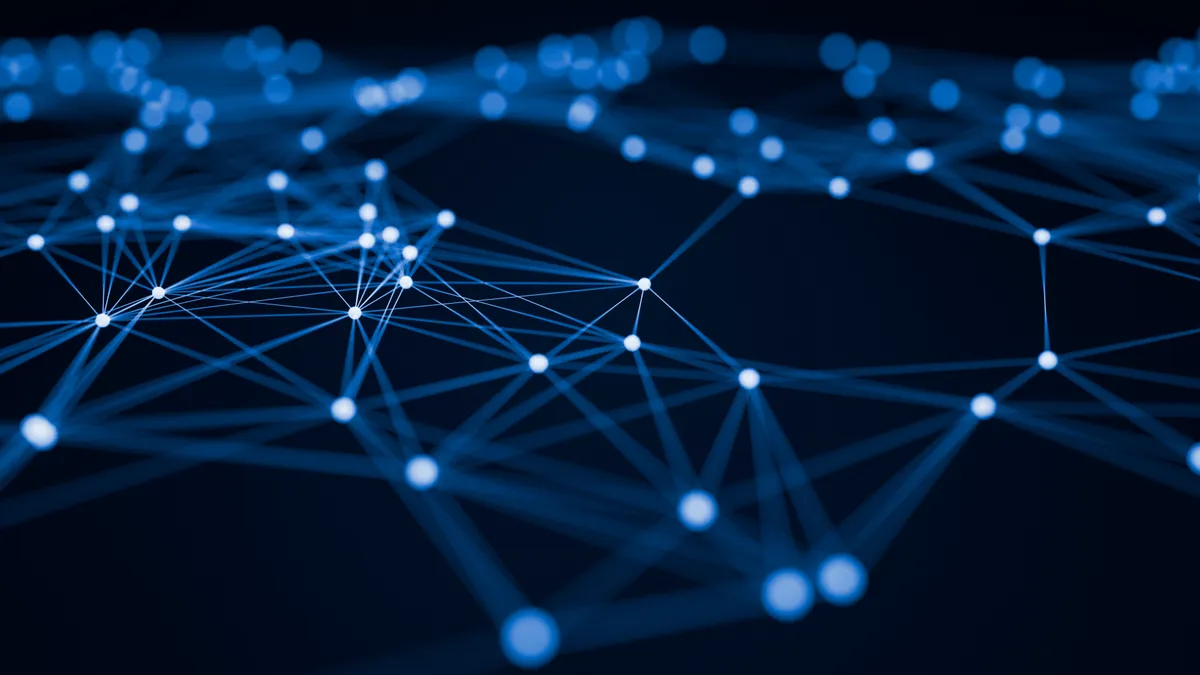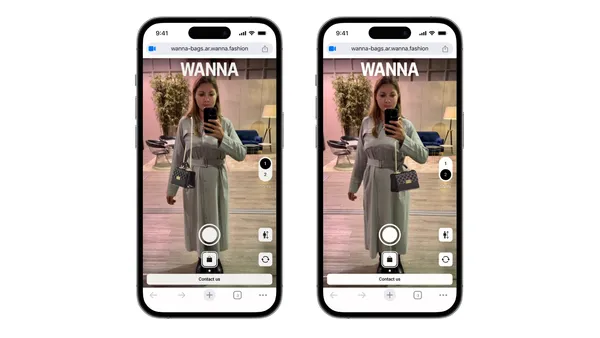Dive Brief:
- The market demand for a connected retail environment is growing rapidly, and a number of companies are connecting to the value chain, according to a new report from Transparency Market Research (TMR). The expanding Internet of Things (IoT) is creating a reliable mode of interaction between suppliers and customers — and the merchants in between.
- The value of the global connected retail market was $16.3 billion in 2016 and $19.46 billion in 2017. But future growth is very promising with the value of the market estimated to reach $82.31 billion by the end of 2025, according to the report.
- During the forecast period of 2017 to 2025, the demand in the global connected retail market is projected to increase at an impressive compound annual growth rate of 19.8%. But there are factors holding back growth that impact retailers.
Dive Insight:
The increasing adoption of the IoT throughout the supply chain is driving the global connected retail market, as is the rapid growth in online shopping. The value of component parts will grow dramatically by 2025.
By focusing on innovation and generating new opportunities, the IoT is bringing consumers, as well as every object in the value chain, into the digital realm. By applying the IoT to retail, real-time insights from connected stores will be provided, combined with cognitive computing and rich data. All this together will transform the in-store experience and streamline operations. The increasing penetration of smartphones — now almost ubiquitous — has become the hub of interaction between retailers and customers.
Retailers are now finding ways to connect with customers to enhance the in-store experience. For example, location-based beacon technology can enable retailers to connect with customers when they enter the store. Department stores like Hudson’s Bay and Lord & Taylor use Apple’s iBeacon technology and a mobile networking platform, called Swirl, to send personalized promotions to customers who have downloaded the app of that particular brand.
The lack of IoT standards, and issues regarding safety and privacy, are expected to hold back the global connected retail market in the near future.
But retailers are taking the first steps toward utilizing this kind connectivity. Nearly 50% of retailers worldwide have, to some extent, adopted IoT technology. About 79% of retail companies are expected to adopt IoT, while 77% believe it will transform the retail sector.
A transformation which has already begun.
L.L. Bean recently announced it will embed data-gathering sensors in coats and boots to collect data, and send it to a blockchain system. This will allow the retailer to analyze temperature-related data, movement and how often customers wear and wash the clothing. Untuckit, a casual men’s apparel merchant, is piloting radio-frequency identification (RFID), and will use the data collected by RFID chips, traffic counters and other data points in the store to optimize its merchandise mix. Walmart has expanded its use of in-store inventory robots to over 50 U.S. stores, with the goal of freeing associates to spend more time with customers.













